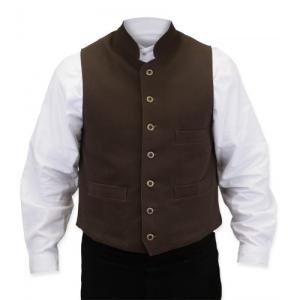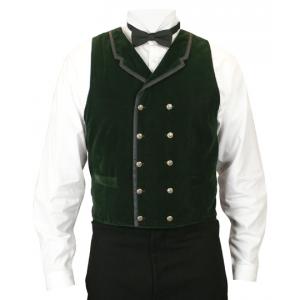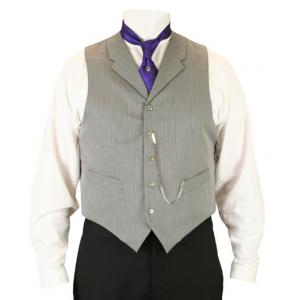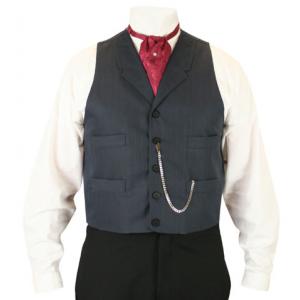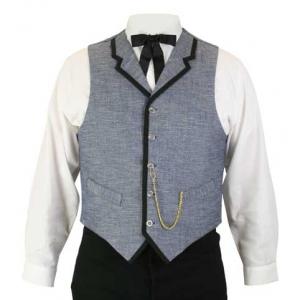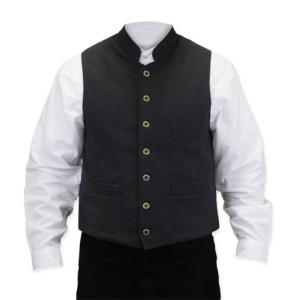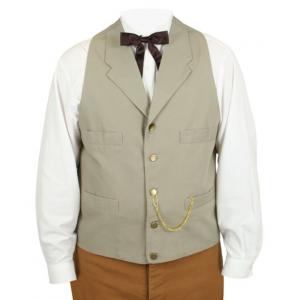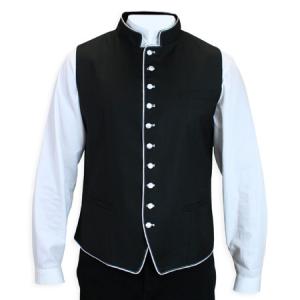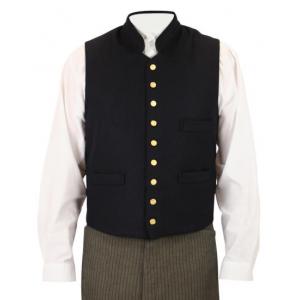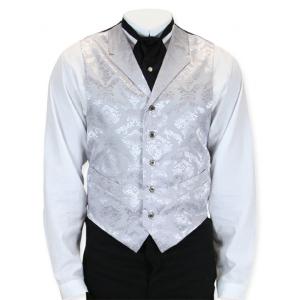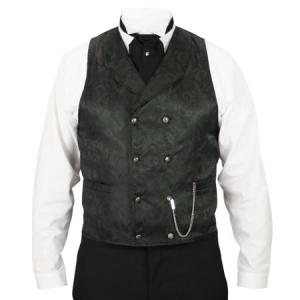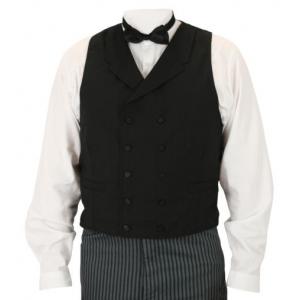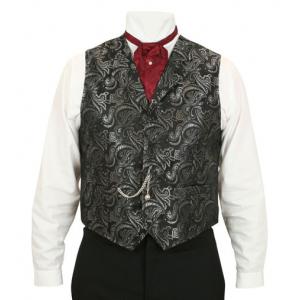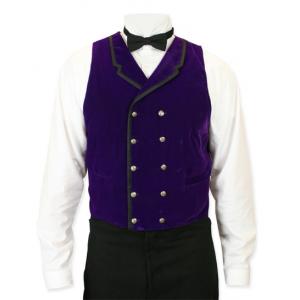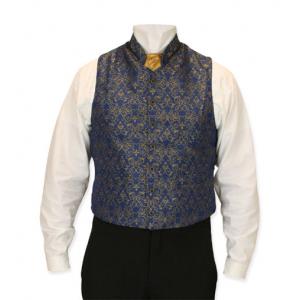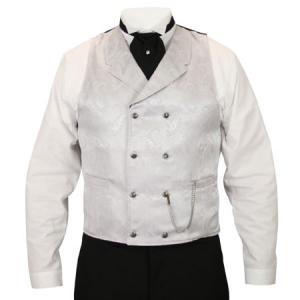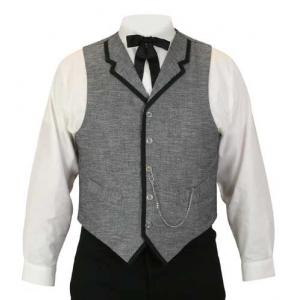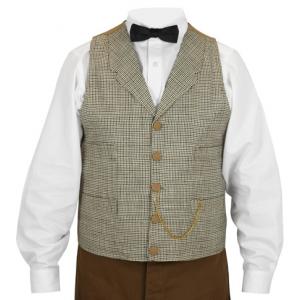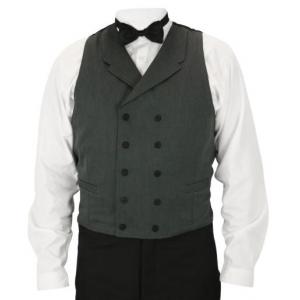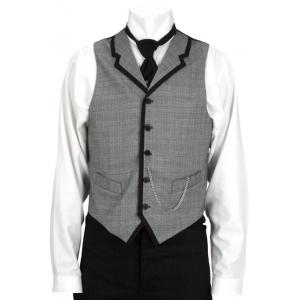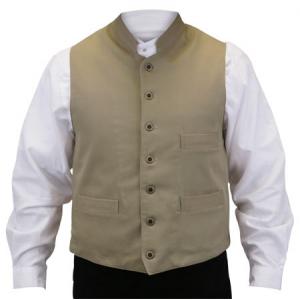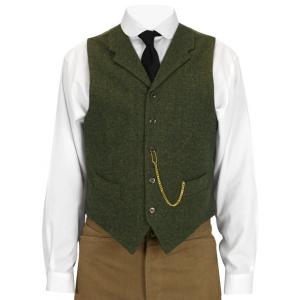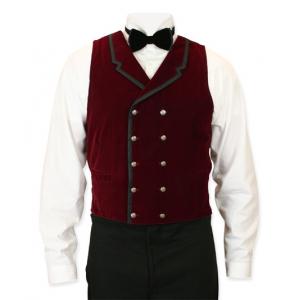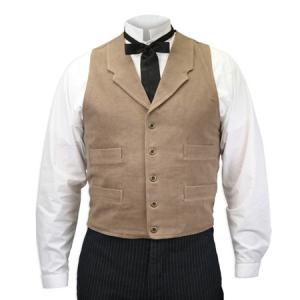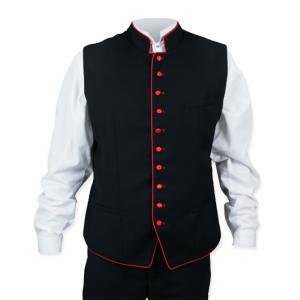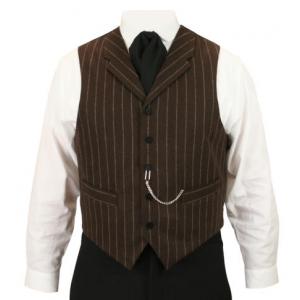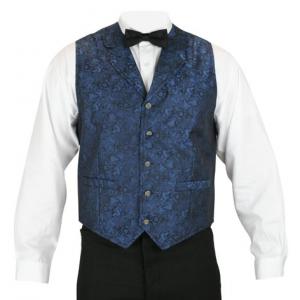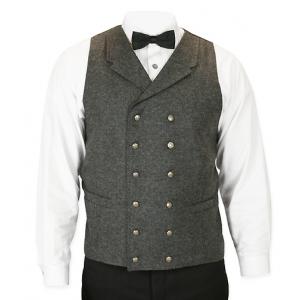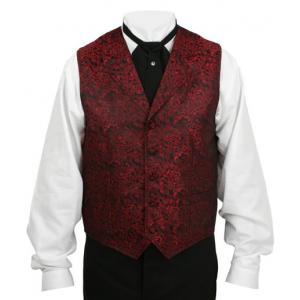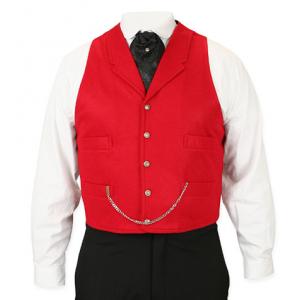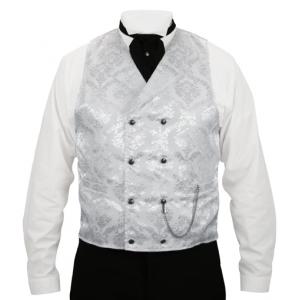Prices and Availability Subject to Change. Please call 800-997-4311 for more Information.
153 results
Q&A About Men's Vests
How should a man wear a vest?
A man can wear a historical vest both traditionally and in modern outfits. For historical accuracy, keep it buttoned (except maybe the bottom button), wear it high enough to cover your waistband, and pair with a period shirt. For today's style, 19th century vests look great with jeans and a nice button-up shirt for work or a night out. This blend of old and new creates a unique look that's distinctive without being costume-like, offering both style and the practical benefits vests have always provided.
Why did men stop wearing vests?
Men stopped wearing vests as everyday attire largely due to changing fashion trends. The shift toward less formal business attire in the 20th century, combined with the practicality of new garment options like sweaters and sportswear, diminished the vest's former prominence in men's wardrobes.
Are vests still in style for men?
Vests are experiencing a renaissance as both fashion statement and functional garment for men interested in historical styles. While no longer standard daily wear, period-authentic vests have developed a dedicated following among Old West enthusiasts, reenactors, steampunk aficionados, and those appreciating the distinctive craftsmanship of 19th century menswear.
MORE Q&A





